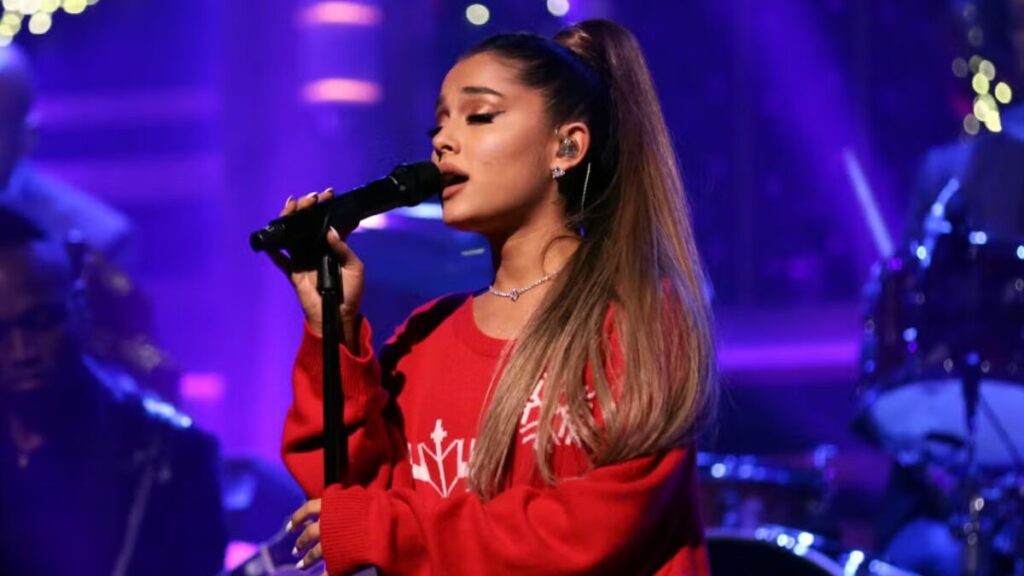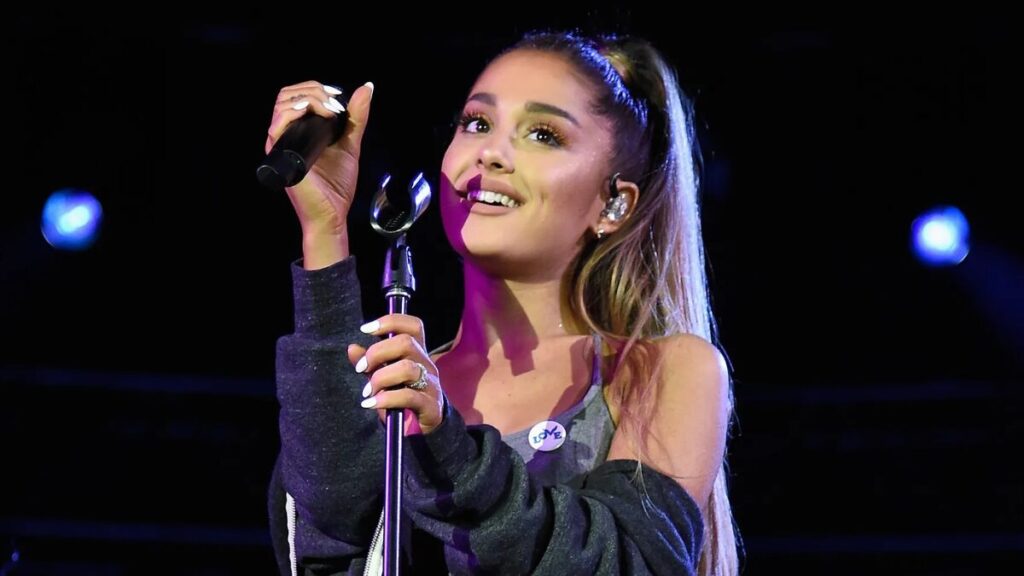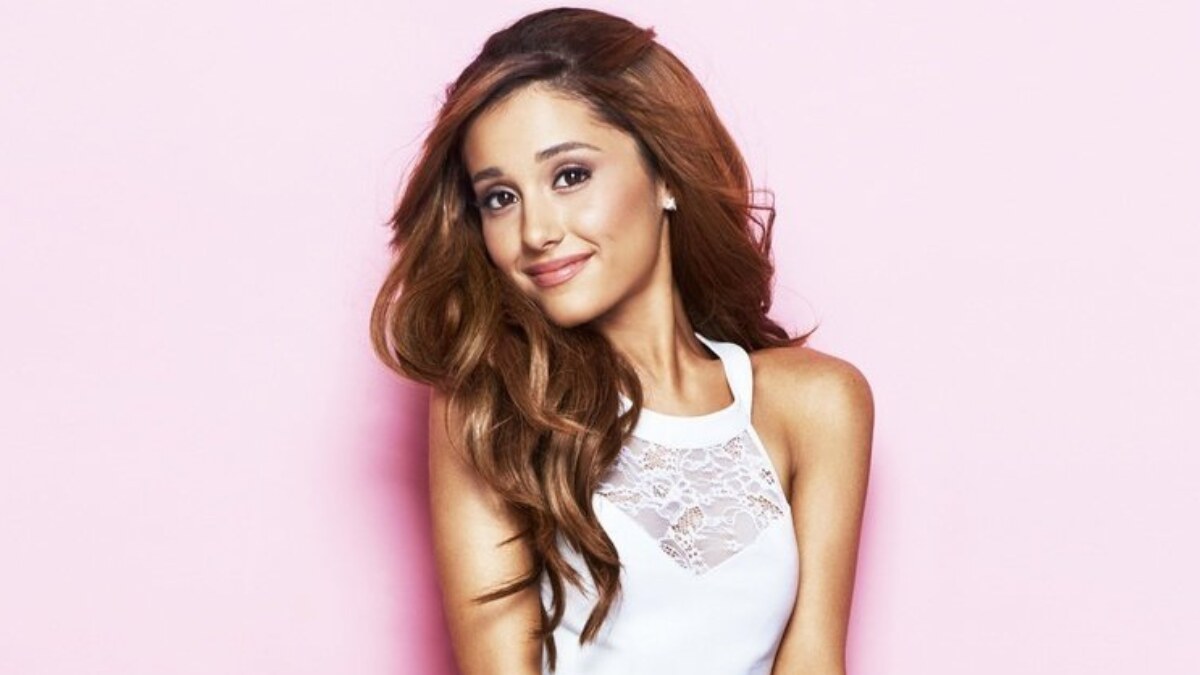She didn’t need to reinvent herself. But she did — again and again. And that’s exactly how Ariana Grande became one of the richest women in pop by 2025.
While other artists rode out the streaming era with nostalgia tours and Instagram nostalgia, Grande shapeshifted. She blurred genre lines, bet on herself in business, and built a brand that now spans sold-out stadiums, global fragrance aisles, and billion-stream ballads — all while keeping her mystique intact.
Her net worth in 2025? A figure so steep it surprises even some longtime fans: $230 million, according to recent estimates. But those numbers barely scratch the surface. The real story isn’t just how much she’s worth — it’s how she earned it. Not inherited, not lucked into, not propped up by PR. She built it, layer by layer, deal by deal.
This isn’t a story about pop stardom. It’s about reinvention as a business model, creative control as a revenue driver, and the quiet precision behind a very loud career.
So if you’re here for a quick peek at her balance sheet, stick around. Because Ariana’s fortune is more than a number — it’s a blueprint.
Ariana Grande’s Net Worth and Revenue Streams Today
In 2025, Ariana Grande isn’t just one of the most streamed artists in the world — she’s a multi-industry mogul with an empire valued at $230 million, according to projections from Celebrity Net Worth and financial analysts tracking entertainment assets. But if you’re picturing that sum as just stacks of platinum records and sold-out tour profits, think bigger. Grande’s wealth isn’t parked in one lane — it flows like a diversified portfolio built on precision, strategy, and timing.
At the core, yes, there’s the music. Her catalog continues to pull in millions annually through streaming, licensing, and radio play. Even her older albums — My Everything, Sweetener, Positions — enjoy evergreen traction across platforms like Spotify and Apple Music, where she ranks consistently in the top 20 globally streamed artists.
But music is just the gateway drug to the Grande brand.
Her beauty line, R.E.M. Beauty, launched in 2021, has matured into a serious contender in the celebrity cosmetics space, reportedly pulling in over $80 million in revenue in 2024 alone. Add in product licensing deals, high-profile campaigns with brands like Givenchy and Reebok, voice acting roles (Sing, Wicked), and backend earnings from her streaming partnerships, and you start to see the architecture of an empire.
Ariana Grande in 2025 is less “pop princess” and more C-suite creative director. She doesn’t just sell music — she sells mood, aesthetic, and brand identity across multiple industries. And she’s making it all look effortless.

From Nickelodeon to Global Icon: The Strategic Rise of Ariana Grande
Childhood Star Turned Pop Dynamo
Before she was racking up Grammys and fragrance sales, Ariana Grande was rehearsing punchlines on Victorious — Nickelodeon’s glitter-drenched sitcom where she played the sweet-but-spacey Cat Valentine. What looked like lighthearted teen stardom was Ariana’s unofficial crash course in branding and hustle.
Behind the scenes, she was already thinking like a recording artist. Between filming schedules, she posted YouTube covers that showcased her towering vocal range — not just for fans, but as a quiet audition to the industry. Those videos went viral long before TikTok made that common. By the time her debut album dropped in 2013, she’d already built a ready-made audience that didn’t just like her — they trusted her.
It wasn’t luck. It was an early exposure to how platforms, persona, and consistency could create demand. Grande wasn’t just “discovered” — she architected a launch. And from the beginning, she understood what most child stars didn’t: fame is fleeting, but leverage is a long game.
For a deeper look at her full net worth evolution year by year, this timeline breaks down how each career phase added to her fortune.
Learning the Industry the Hard Way
Ariana Grande didn’t step into the music industry with a full legal team or bulletproof contracts — and like many young artists, she learned some of her most important business lessons under pressure.
Early on, she signed with Republic Records under Universal Music Group, a deal that gave her creative visibility but left little room for financial control. Touring, merchandising, and backend royalties were often managed through third parties, and Grande has hinted in interviews that she wasn’t always fully informed about where every dollar went. “You have to learn to ask questions,” she told Billboard in 2018. “You have to advocate for yourself.”
That shift — from performer to decision-maker — didn’t happen overnight. Over the years, she brought more of her branding and production in-house, surrounded herself with veteran advisors, and started building projects she owned, like R.E.M. Beauty. These moves weren’t reactionary — they were the result of hard-earned financial fluency in an industry known for exploiting naïveté.
Reinvention as a Revenue Strategy: The Art of Staying Relevant
Shifting Soundscapes and Marketability
Ariana Grande’s voice never stayed in one box — and neither did her business model. From the Mariah-tinged ballads of Yours Truly to the trap-slick beats of Thank U, Next, her evolution wasn’t just artistic growth — it was strategic expansion.
Each sonic shift unlocked a new audience: Dangerous Woman brought in edgier pop and R&B fans, while Sweetener flirted with experimental production that boosted her credibility among critics and hip-hop collaborators. By the time Positions dropped in 2020, Grande had blurred genre lines so thoroughly that she no longer needed to “pivot” — she owned the center lane.
That adaptability translated into numbers. She became the first artist to debut five singles at No. 1 on the Billboard Hot 100 — a feat of both vocal dominance and market precision. Her streaming presence remains massive in 2025, with several tracks crossing the billion-play mark on Spotify.
For Grande, changing her sound wasn’t a risk. It was a way to future-proof her career and keep the cash flow as dynamic as her catalog.
Aesthetic Control and Brand Architecture
Ariana Grande didn’t just craft a signature look — she built an entire visual economy around it. The high ponytail. The winged eyeliner. The thigh-high boots paired with oversized sweatshirts. These weren’t just fashion choices — they became cultural shorthand for Grande herself, instantly recognizable and endlessly replicable.
What started as personal style quickly morphed into brand identity. Fans mirrored her look, stylists built entire campaigns around her aesthetic, and brands took note. From her limited-edition line with Lipsy London to major endorsement deals with Givenchy and MAC Cosmetics, Ariana’s image translated into millions in product visibility and consumer influence.
Her control over that aesthetic was key. Unlike many pop stars molded by teams, Grande remained deeply involved — approving campaigns, styling herself for shoots, and curating her Instagram like a visual portfolio. That consistency bred trust. Her fans didn’t just follow her — they bought into her.
In an era of overexposure and trend-chasing, Ariana’s tightly held brand wasn’t just stylish. It was strategic.

Thank U, Ventures: Business Moves Behind the Music
R.E.M. Beauty and the Rise of Celebrity Cosmetics
When Ariana Grande launched R.E.M. Beauty in late 2021, the celebrity makeup market was already crowded — Rihanna had Fenty, Selena had Rare, and Kylie had built an empire. But Grande wasn’t just following a trend. She was playing the long game.
R.E.M. didn’t lean on glitter or nostalgia. Instead, it launched with a clean, sci-fi-meets-minimalism aesthetic that tapped into both Gen Z futurism and Grande’s surreal brand vibe. Products like the “Midnight Shadows” eyeshadow and “On Your Collar” lip gloss line weren’t just vanity extensions — they were anchored in Ariana’s aesthetic universe.
More importantly, she didn’t overextend. She partnered with Forma Brands (the company behind Morphe), ensuring experienced distribution while retaining creative control. The launch was influencer-backed but Ariana-led, supported by sleek visuals and hands-on promotion. By 2024, R.E.M. Beauty had reportedly generated over $80 million in revenue, making it one of the fastest-growing celeb brands on shelves.
Unlike others who slapped their name on packaging, Ariana built a beauty brand that felt like her. And her fans responded with their wallets.
She’s taken her beauty brand global — and how REM Beauty is growing as a revenue powerhouse proves Ariana knows her audience and the market.
Acting, Voice Work, and Streaming Royalties
While Ariana Grande’s face is often front and center, some of her smartest income streams are behind the scenes — and often behind a mic. Her acting roots never vanished; they just evolved. Appearances in films like Don’t Look Up and her starring role as Glinda in the two-part Wicked film adaptation expanded her reach — and her paycheck — beyond music.
But the real financial power lies in recurring income. Her work in animated franchises like Sing (and its sequel) brought in voice acting fees with long-tail royalty potential, thanks to streaming deals and licensing.
Then there’s music — or more specifically, music’s afterlife. Ariana’s discography continues to generate millions in streaming royalties annually. Tracks like “7 Rings,” “No Tears Left to Cry,” and “Into You” are still charting on Spotify’s global playlists in 2025, each stream stacking quietly into an ever-growing revenue stream.
These aren’t just side projects — they’re high-leverage plays that keep paying long after the spotlight moves.
How Ariana’s Net Worth Stacks Up: A Pop Powerhouse Among Peers
In a pop industry dominated by heavyweights, Ariana Grande holds her own — not just on the charts, but on the balance sheet. With an estimated net worth of $230 million in 2025, she may trail behind icons like Taylor Swift (projected at over $1.6 billion, fueled by historic tour revenues) and Rihanna (bolstered by Fenty Beauty and an estimated $1.4 billion net worth). But Grande plays a different, arguably more balanced game.
Unlike Swift, whose empire leans heavily on touring and album ownership, or Rihanna, whose business pivot redefined her wealth trajectory, Ariana blends consistent music output with strategic brand ventures. Her 2023-2024 absence from touring hasn’t significantly slowed her earnings — thanks in part to evergreen streaming royalties, lucrative acting contracts, and R.E.M. Beauty’s sustained performance.
Artists like Dua Lipa and Billie Eilish hover in the $60–$100 million range — making Ariana’s financial profile notably stronger. Meanwhile, her brand value — social reach, fashion influence, and product loyalty — rivals Selena Gomez, another celebrity balancing entertainment and enterprise.
What sets Ariana apart isn’t a single cash cow, but her diversified momentum. She doesn’t rely on spectacle tours or billion-dollar unicorn brands. Instead, she’s built a durable, multi-revenue empire with a lower-risk profile — one that thrives even when she steps away from the mic.
Grande’s position isn’t just impressive. It’s efficient, sustainable, and increasingly rare.
Curious how Ariana’s $230M stacks up against Taylor Swift’s billion-dollar empire? Here’s a full side-by-side breakdown.

What Ariana’s Journey Teaches Us About Creative Wealth-Building
Watching Ariana Grande’s evolution has always felt like witnessing a kind of quiet revolution — not the kind with headlines or drama, but the slower, sharper kind that happens behind closed doors and strategic calls.
What stands out most isn’t her vocal range (though it’s unmatched), or her aesthetic (though she’s shaped a generation’s fashion sense). She can navigate the entertainment machine without being consumed by it. Ariana never sold chaos — she sold control, wrapped in gloss and eyeliner, powered by discipline most people never see.
For creatives, especially young women, her path is a masterclass in owning your narrative and your assets. She’s proof that you don’t have to be the loudest to build the biggest. That reinvention doesn’t have to mean reinvention of values — just platforms. She took early lessons from being over-managed, over-scheduled, and under-credited, and turned them into leverage.
More than anything, Ariana’s success reveals a subtle but seismic shift in the pop economy: artists don’t just make music anymore — they build ecosystems. And the smartest ones, like her, make sure they own the architecture.
In a world that still often sidelines young female creatives, Ariana’s financial ascent feels quietly radical. Not because it was explosive, but because it was intentional.
Beyond music and beauty, Ariana Grande’s stunning homes and real estate investments reveal how she’s expanded her empire with smart property choices.
The Road Ahead: What’s Next for Ariana Grande’s Empire?
Ariana Grande’s empire may already be sprawling, but in many ways, 2025 feels like a launchpad, not a landing.
Her highly anticipated role as Glinda in Wicked (Part One out in 2024, Part Two in 2025) marks her biggest Hollywood crossover to date, with the potential to open new doors in film and musical theater. With early buzz around her performance and soundtrack contributions, it wouldn’t be surprising to see her pursue more prestige acting projects — or even a producing role behind the camera.
On the business side, R.E.M. Beauty continues to scale globally, and industry insiders speculate a possible expansion into skincare or fragrance-only sublines. A fashion capsule or full clothing label — something sleek and neutral that mirrors her aesthetic — would be a natural brand extension.
And while she’s stayed relatively quiet on the music front, studio rumors suggest new material is in development, possibly signaling a return to touring in late 2025 or 2026.
What’s clear is that Ariana isn’t chasing relevance — she’s building legacy. Carefully, creatively, and always on her terms.
Also See: How Much Does Ariana Grande Make per Concert in 2025?
Ariana Grande’s Net Worth Isn’t Just About the Music
Ariana Grande’s $230 million net worth isn’t just a number — it’s a reflection of something far rarer in pop culture: long-range thinking. Her fortune wasn’t built on viral moments or tabloid drama. It’s the product of consistent reinvention, calculated risk, and an artist who learned to lead from behind the curtain.
She’s proven that celebrity wealth doesn’t have to be chaotic or unpredictable. It can be intentional. Diverse. Quietly powerful.
In an industry that often rewards spectacle over strategy, Ariana’s success is a reminder that the smartest players don’t just chase the spotlight — they own the stage, the lights, and the merch table.
And if her current trajectory holds, she won’t just be remembered as a generational voice. She’ll be studied as a case study in how to turn creative capital into an empire.
Nishant is a digital strategist and celebrity finance analyst with over 15 years of experience in SEO-driven content. As Founder of TheNetWorths.com, he creates high-authority profiles on wealth, branding, and cultural influence.

















8 thoughts on “Ariana Grande Net Worth 2025: From ‘Wicked’ Stardom to $230 Million Empire”